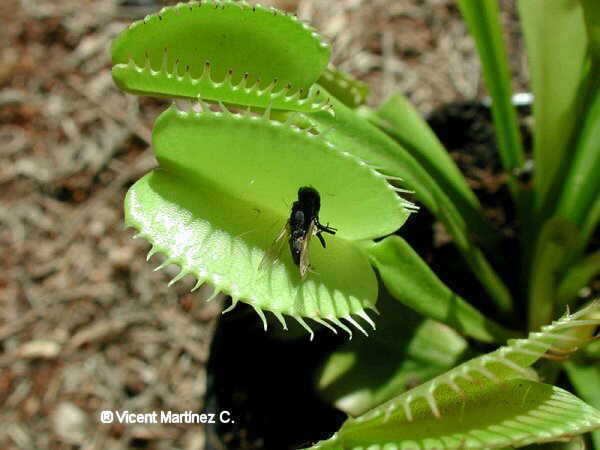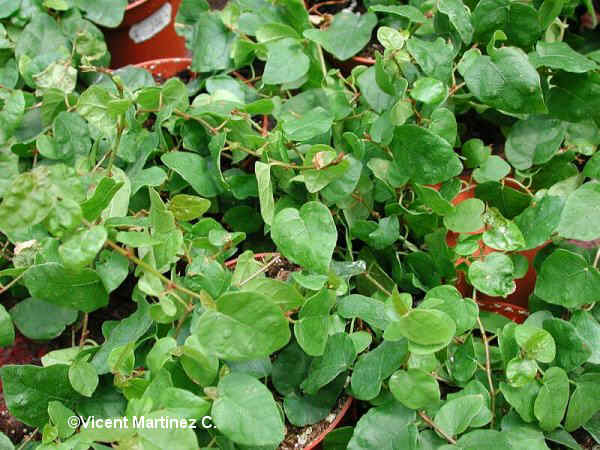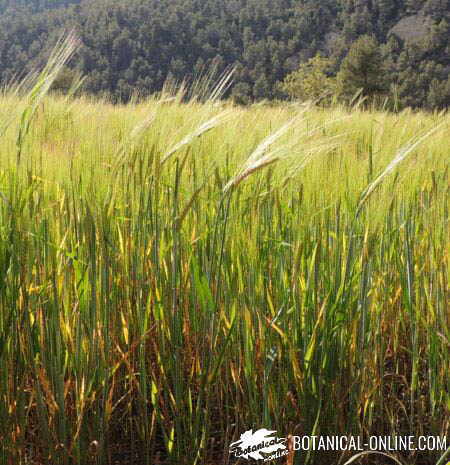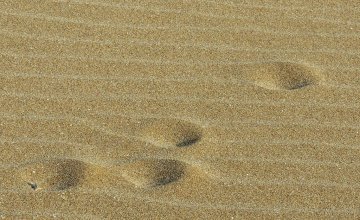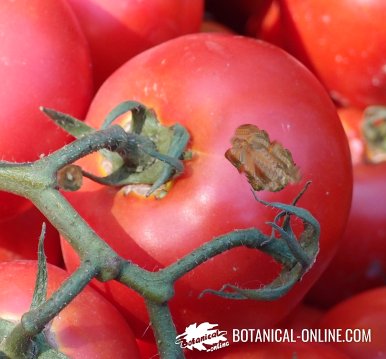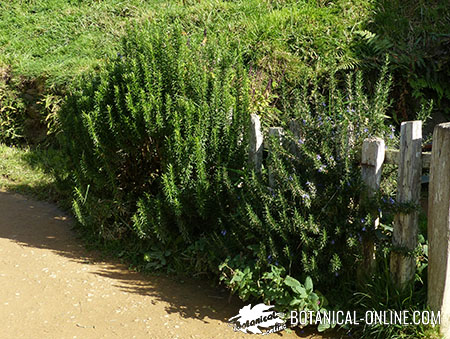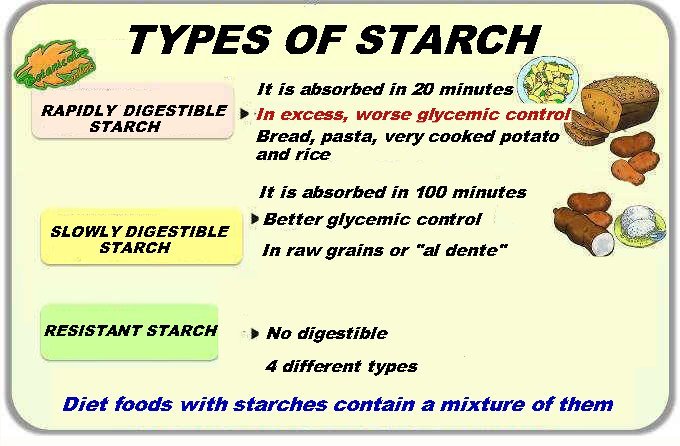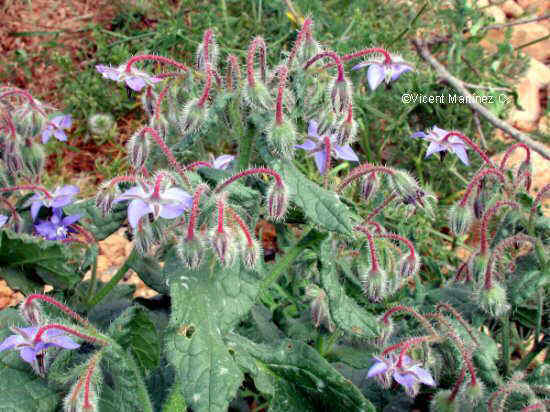What are sowthistles used for?
Characteristics of common sowthistles
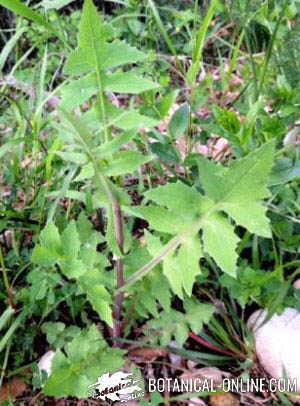
Common sowthistles (Sonchus oleraceus L.) are plants of a certain size. They can reach up to 60-70cm. on well-nourished grounds. We preferably find them in orchards, as an invasive plant, but also in home gardens and edges of cultivated fields. In these cases, their appearance will be noticeable.
As a resistant and persistent plant, we will also find them in poor parterres, at the foot of walls, corners of the city, but already with a more modest appearance, since, although they acclimatize in almost every corner, their preferred habitat is a well-fertilized soil, and that is where we see them in their maximum splendor.
Sonchus oleraceus is characterized by a basal rosette at the beginning of its growth, with leaves that sprout from a central axis, totally clipped and with a hairy appearance. Its dull green color helps to differentiate it from the intense green of dandelion, with which it can share a habitat. The leaves of this sowthistle are more trimmed as the plant grows and rises. Therefore, its appearance is constantly changing.
Characteristics of slender sowthistles
Slender sowthistle (Sonchus tenerrimus L.) is usually found in the midst of rock faces, vacant lots, orchards and gardens and roadsides. Despite its fragile appearance, it grows easily in places with little soil and even poor soils. It supports high temperatures very well.
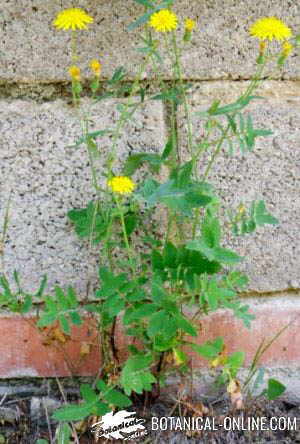
At the beginning, when the plant grows in spring, all its leaves are grouped and come from the same axis, forming a more or less ordered rosette, with the leaves standing, erect and fully divided, with segments separated from each other, up to the point that they can give the impression of small teeth along the midrib of the leaf. Its leaves are smooth, soft and bluish-green or gray.
The adult plant, with an average height of about 50 cm and with a multitude of stems and flowers, presents a rather fragile and messy appearance.
Characteristics of spiny sowthistle
The habitat of spiny sowthistle (Sonchus asper L.) is very similar to that of its other two congeners, although it is more robust and resistant and therefore also grows in rocky and more rugged areas. It is not a very demanding plant and therefore does not necessarily need fertilized soils.
Its evolution is the same as that of the other Sonchus, although the appearance of Sonchus asper is also rougher, with less delicate, hairier leaves, surrounded by tiny spines that do not prick but disturb. Its color is intense green.
Edible properties of sowthistles
How can sowthistles be eaten?
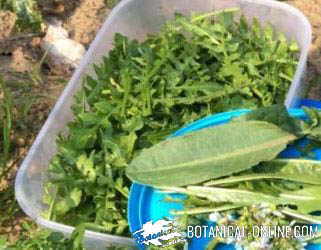
Sonchus are excellent edible wild plants that we can introduce as a leafy vegetable into our diet, similar to how dandelions are cooked.
It is clear that in ancient Rome sowthistles were highly valued vegetables. The latex that some specimens give off when they are cut is not toxic, contrary to what many people think and to the unfounded fear that this sap or “white liquid” produces.
Recipes with sowthistles
Sonchus can be consumed as vegetables, either as a fresh plant, in salads, or lightly boiled and with a little oil. We can also use their green leaves in vegetable cakes, quiches, vegetable creams and as a filling for empanadas.
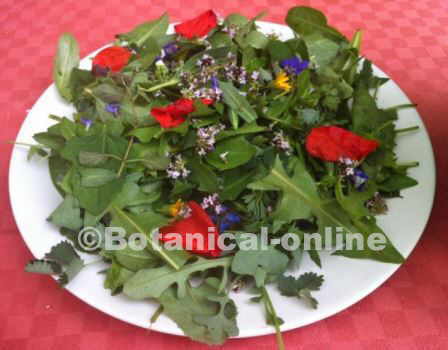
Benefits and nutritional value of sowthistles
From a nutritional point of view, sowthistles belong to the same family as dandelions or lettuces, and have a composition similar to that of dandelions. Their high content of potassium stands out, a mineral with diuretic properties, to stimulate the production of urine and that therefore helps to eliminate waste from the body.
Like other leafy vegetables, sowthistles also provides a large amount of folic acid, a vitamin that cleanses the blood of toxins such as homocysteine, making them very suitable vegetables for cases of high cholesterol, diabetes, obesity and heart disease.
In addition, sowthistles are very rich in powerful antioxidants such as carotenes and chlorophyll. These principles have properties to purify the liver as they intervene in its detoxification processes. A sowthistle plate also provides a lot of calcium, magnesium and iron.
Sowthistles against food globalization
Sowthistles and other wild plants that today are known as edibles have been part of traditional cooking since ancient times, and it could be said that their consumption dates back to the origin of man.
Reintroducing the consumption of sowthistles and other wild plants in the kitchen is to recover a vestige of gastronomic history, close to being lost and being buried by food globalization.
Other uses of sowthistles
Traditionally, locks have been one of the foods that farmers collected to feed rabbits and chickens.
![]() More information on sowthistles
More information on sowthistles

